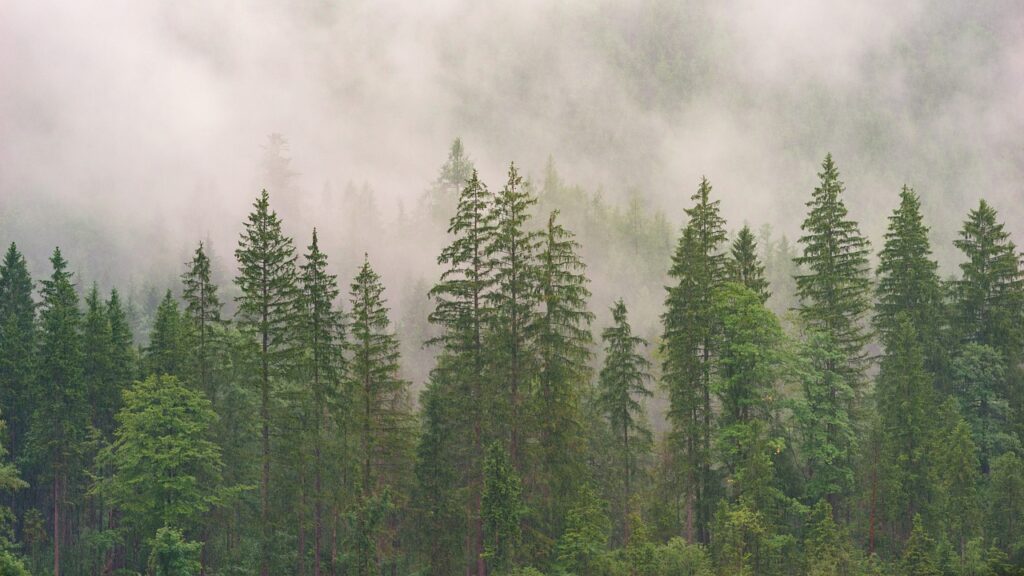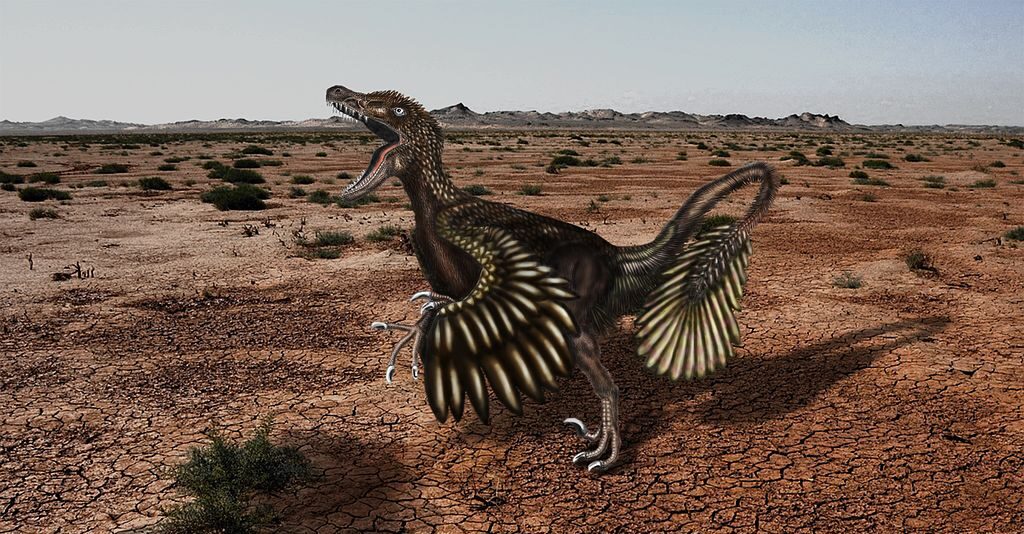The Biggest Dinosaur Battle Fossil Ever Found – What It Revealed
When paleontologists unearth dinosaur fossils, they typically discover isolated remains that provide glimpses into prehistoric life. Occasionally, however, they stumble upon something truly extraordinary – evidence of direct interaction between ancient creatures frozen in time. In 2006, such a remarkable discovery occurred in the badlands of Montana: two dinosaurs, a predator and prey, seemingly locked ...











